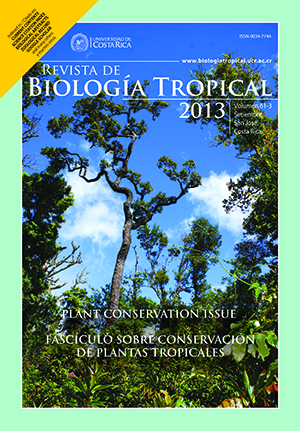Abstract
The development of shrimp aquaculture in Mexican coasts of the Gulf of Mexico began to be explored using the Pacific white shrimp Litopenaeus vannamei in the mid 90´s. Many concerns over the risk of disease transmission to the economically important native penaeids, have been the main deterrent for the aquaculture of L. vannamei in the region. Concurrently, more than 10 years of research experience on the aquaculture suitability of the native Litopenaeus setiferus from the Terminos Lagoon, in the Yucatán Peninsula, have been accumulated. The aim of this study was then to determine the seasonal variations of the naturally acquired diseases and the possible detection of exotic pathogens. For this, random subsamples (n~60) of juveniles L. setiferus were collected from monthly captures. In order to detect the widest range of pathogens, including infectious hypodermal and hematopoietic necrosis (IHHNV) and white spot syndrome (WSSV) viruses, both histopathological and molecular methods were employed. Monthly prevalence (%) was calculated for every finding. We were able to detect a total of 16 distinct histological anomalies, most of which the presumptive aetiological agent was readily identified. PCR results for viruses were negative. For some pathogens and symbionts, the prevalence was significantly different between the adult and juvenile populations. Prevalence of diseases tended to be higher in juvenile shrimp than in adults. The results of this study indicated that L. setiferus carry a wide variety of pathogens and symbionts that seem to be endemic to penaeids of the Gulf of Mexico, and those juveniles were more conspicuous to acquire pathogens and symbionts than adults.##plugins.facebook.comentarios##
Downloads
Download data is not yet available.






